ANIMALS
21 Deadliest Animals In North America
Published
1 year agoon
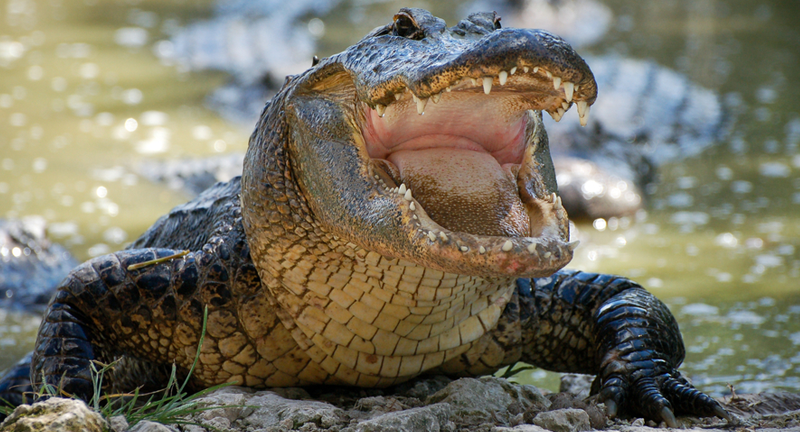
Shutterstock
North America is rich in diverse ecosystems, hosting an array of wildlife that ranges from awe-inspiring to potentially dangerous. This narrative delves into the continent’s 21 deadliest animals, taking us through varied landscapes where these creatures dwell. From the stealthy mountain lions and commanding grizzly bears to the venomous snakes lurking in deserts and swamps, each animal’s survival and predation tale is unique. This exploration underscores the intricate human-nature relationship, emphasizing the respect and caution warranted by these magnificent beings.
Black Bear
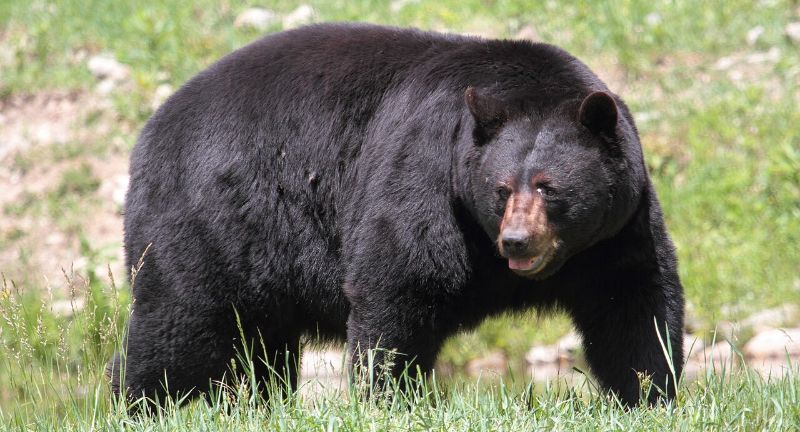
Wikipedia
Black Bears roam forests, mountains, and wilderness areas, presenting a less aggressive demeanor than their grizzly counterparts. However, they can pose risks if they associate humans with food sources, leading to potential conflicts. As omnivores, their search for food can bring them close to human habitats, emphasizing the need for secure food storage and bear-proof garbage disposal methods.
Great White Shark
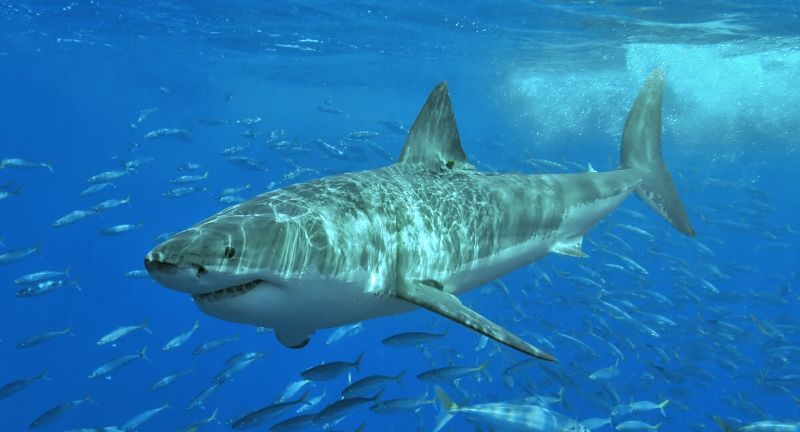
Shutterstock
The iconic Great White Shark patrols North American coastal waters, an apex predator with a reputation that precedes it, mainly due to its impressive size of up to 20 feet. While human attacks are rare, the power and predatory efficiency of these sharks are a natural wonder, highlighting the need for respect and caution in shark-inhabited waters.
Gray Wolf
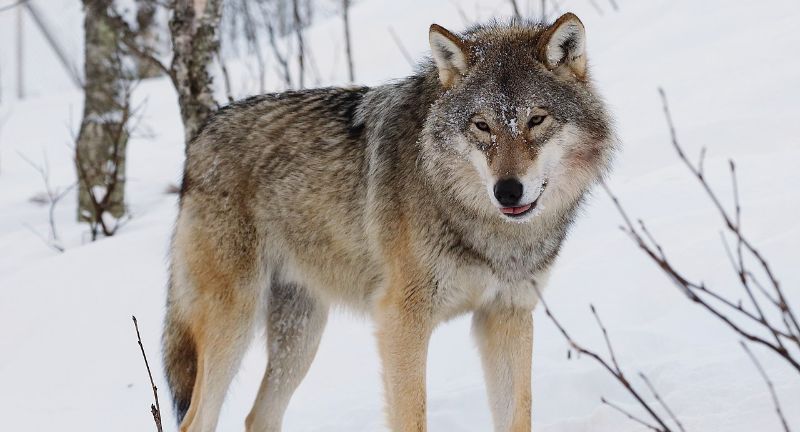
Wikipedia
The Gray Wolf’s presence in North American ecosystems is a testament to conservation success stories, though their interactions with humans remain rare but potentially dangerous. Education about wolf behavior and habitat preservation efforts continue to play a vital role in fostering coexistence between humans and wolves.
Wild Boar
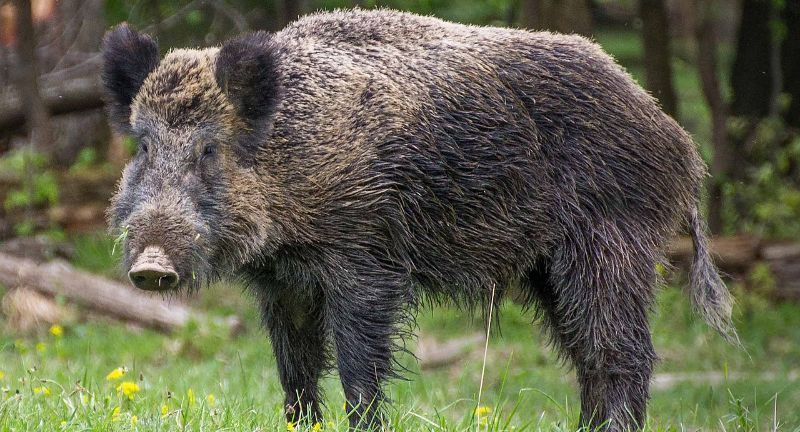
Wikipedia
The adaptability and aggressive nature of Wild Boars have made them a challenging presence in some North American regions, necessitating strategies for management and coexistence. Their impact on agriculture and native ecosystems highlights the complexity of human-wildlife conflicts and the need for informed, sustainable solutions.
Brown Recluse Spider
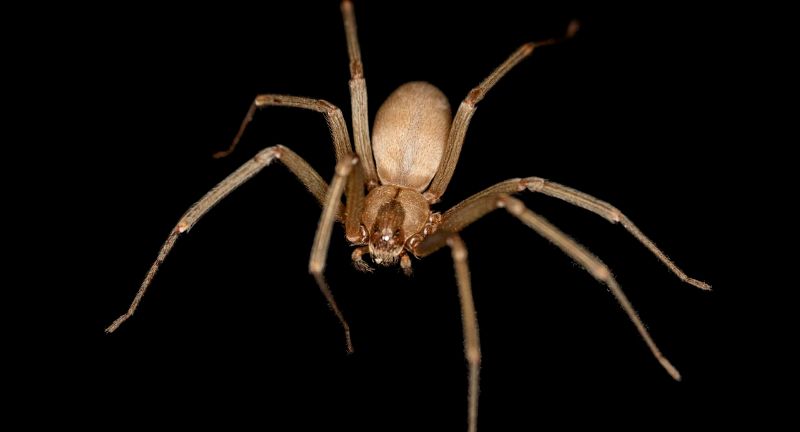
Wikipedia
The bite of the Brown Recluse, with its potential for significant tissue damage, is a concern in affected regions, underscoring the importance of caution in environments conducive to spider habitation. Public education on identification and prevention can aid in minimizing negative encounters with these reclusive spiders.
Grizzly Bear
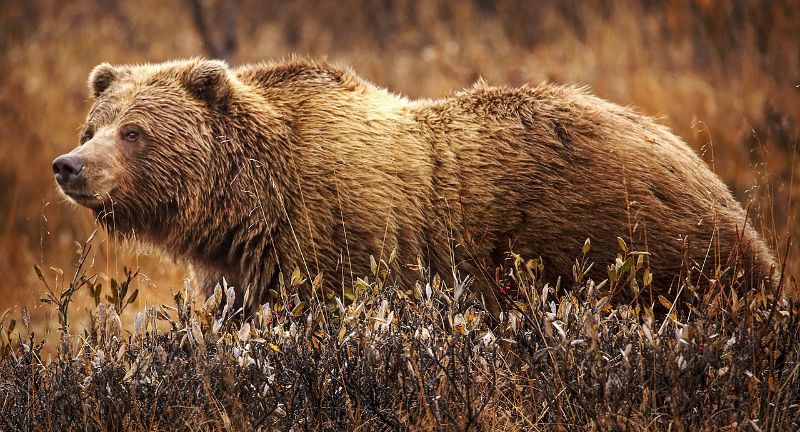
Wikipedia
The northern and western parts of North America serve as home to the Grizzly Bear, a solitary creature known for its formidable size and varied diet. Encounters with humans can become particularly dangerous if a bear is surprised or if a person comes too close to a sow with cubs, making noise and bear spray essential safety measures in bear country.
Eastern Diamondback Rattlesnake
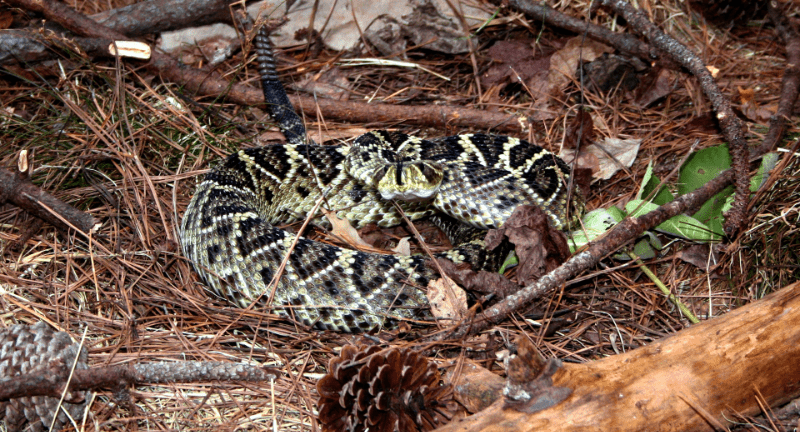
Wikipedia
The Eastern Diamondback, the largest venomous snake in North America, prefers the southeastern states’ dry, sandy areas. Its potent venom necessitates immediate medical attention following a bite, making it crucial for outdoor enthusiasts to stay vigilant and avoid areas where these snakes are prevalent.
Cougar
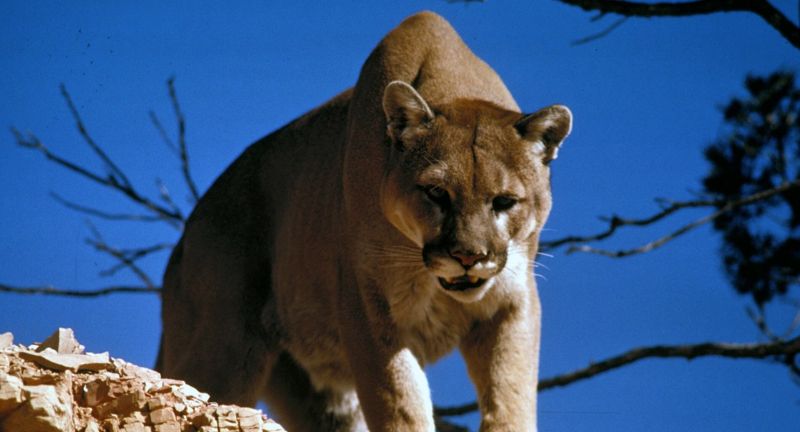
Wikipedia
Elusive and powerful, Cougars cover vast territories in both North and South America, capable of preying on large mammals. While human encounters are rare, they can end fatally, making awareness and preparedness key for those venturing into cougar habitats. Safety tips include hiking in groups and avoiding dawn and dusk periods when cougars are most active.
Polar Bear
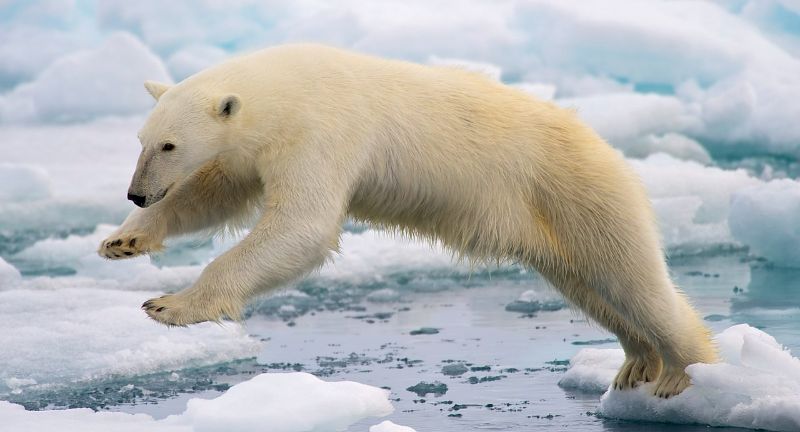
Wikipedia
Polar Bears, the largest land carnivores, face habitat challenges due to climate change, leading to increased human encounters as they search for food. The inherent danger of a polar bear encounter demands strict safety protocols in Arctic regions, including traveling in groups and employing bear guards for protection.
Bull Shark
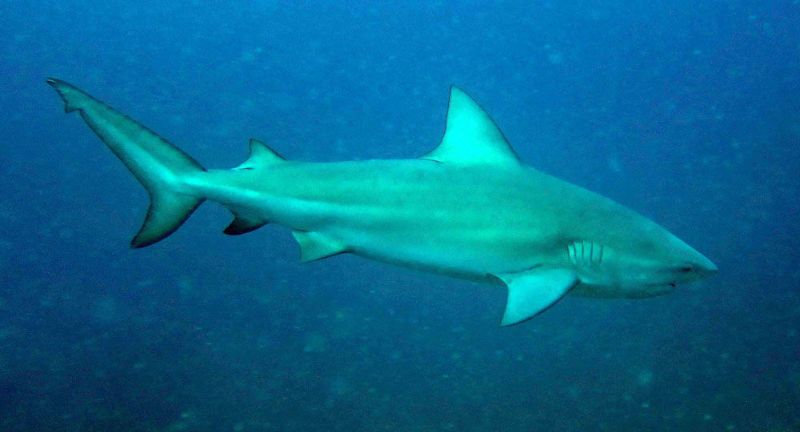
Wikipedia
Unique for their ability to thrive in both freshwater and saltwater, Bull Sharks’ aggressive nature makes them one of the few shark species that pose a significant risk to humans. Swimmers and surfers should be especially cautious in murky waters or near river mouths where bull sharks may be present, adhering to local wildlife guidelines and avoiding swimming at dawn or dusk.
American Crocodile
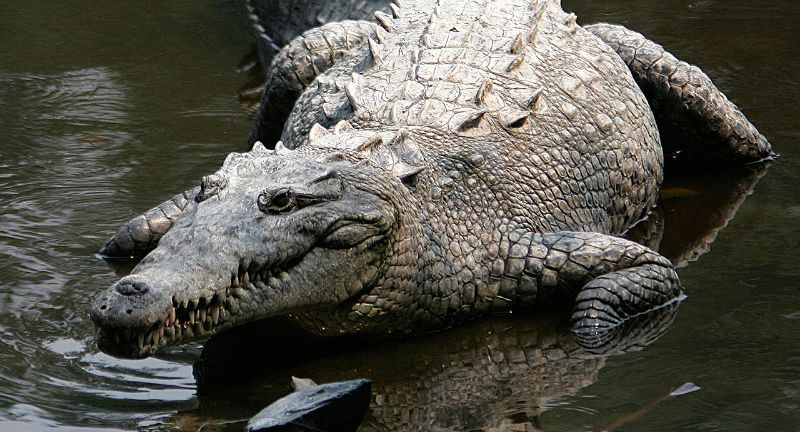
Wikipedia
Primarily found in Florida’s brackish and saltwater habitats, American Crocodiles, while less common than alligators, still pose a formidable threat to unwary humans. Conservation efforts focus on protecting these ancient reptiles and their habitats, emphasizing coexistence and respect for the boundaries between human and crocodilian domains.
Moose
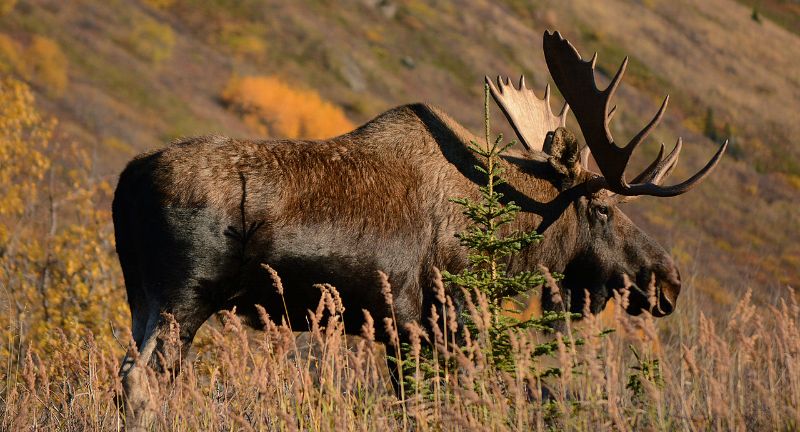
Wikipedia
The majestic Moose, with its towering stature and massive antlers, primarily poses a risk during the mating season or when calves are nearby. While not typically aggressive towards humans, moose can charge if they feel threatened, highlighting the importance of keeping a respectful distance and being aware of wildlife behavior signs.
Cottonmouths
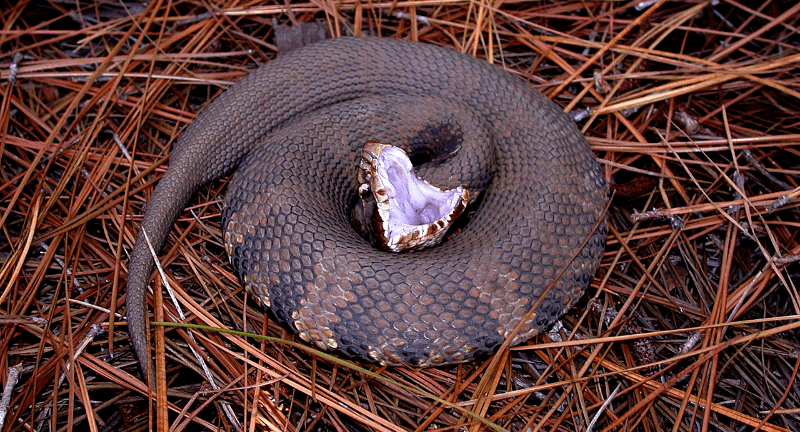
Wikipedia
Also known as water moccasins, Cottonmouths inhabit the southeastern United States, displaying aggressiveness when threatened. Their venomous bite requires immediate medical attention, making it vital for individuals to exercise caution near water bodies and to educate themselves on snake safety and identification.
Coral Snake
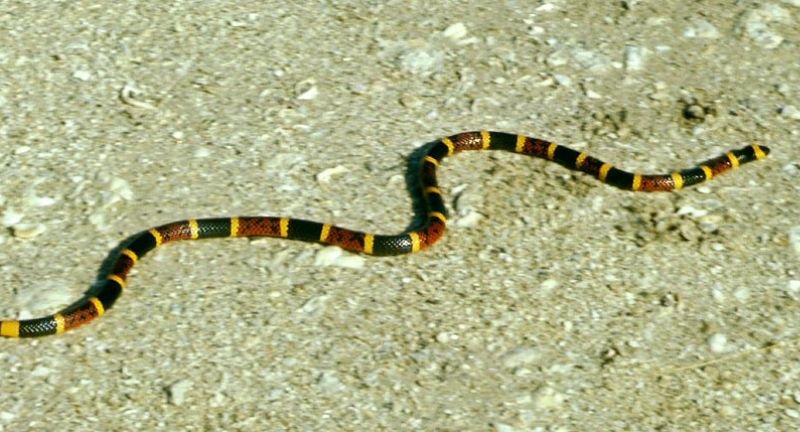
Wikipedia
The brightly colored Coral Snake carries a powerful venom, making it one of North America’s most dangerous snakes. Though shy and reclusive, their presence warrants caution, particularly in outdoor activities in their habitat, reminding us of the importance of respecting nature and maintaining a safe distance from potential dangers.
Black Widow Spider
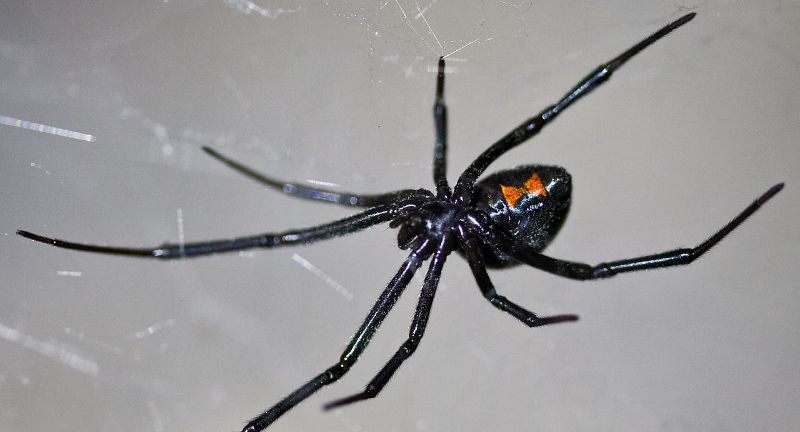
Wikipedia
The venom of the Black Widow Spider, recognized by the distinctive red hourglass on its abdomen, necessitates medical attention due to its potency. Encounters with these spiders underscore the importance of being mindful of our surroundings, especially when handling items stored in undisturbed areas.
Jellyfish
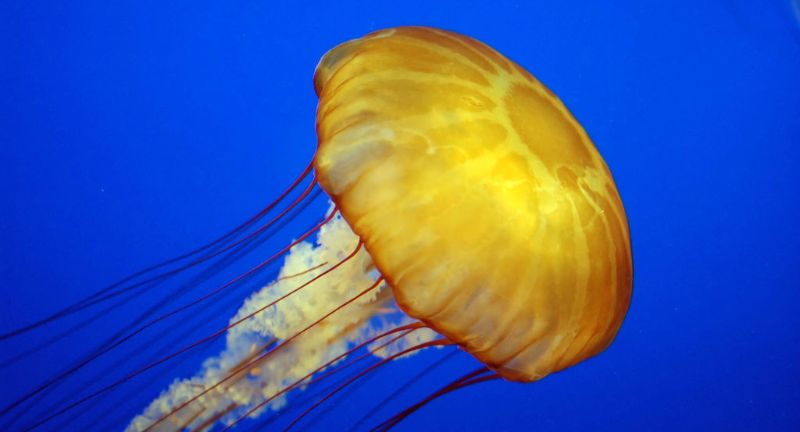
Wikipedia
The presence of Jellyfish in North American waters, including potentially venomous species like the box jellyfish, calls for precautionary measures from swimmers and beachgoers. Awareness and readiness to treat stings can mitigate the risks associated with these ethereal creatures, allowing for safer enjoyment of coastal environments.
American Bison
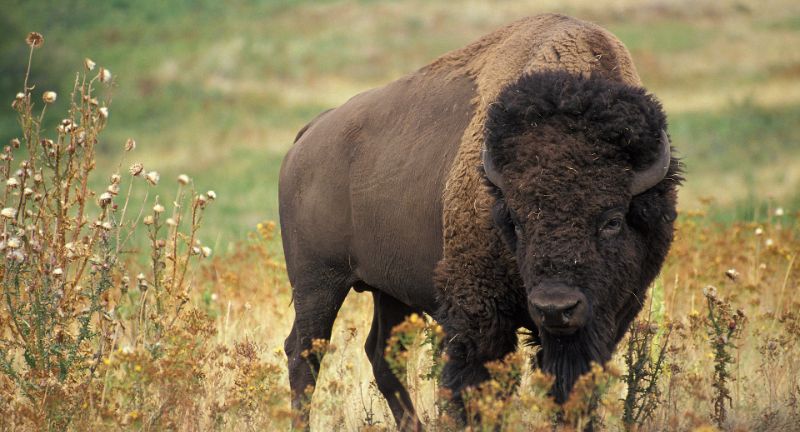
Wikipedia
Symbolizing the Great Plains, American Bisons, capable of weighing up to 2,000 pounds and achieving speeds of 40 mph, embody the raw power and unpredictability of nature. Though generally calm, they can display aggression when threatened, leading to dangerous charges. Visitors to bison habitats must observe from a distance, respecting these creatures as more than mere picturesque elements of the landscape.
American Alligator
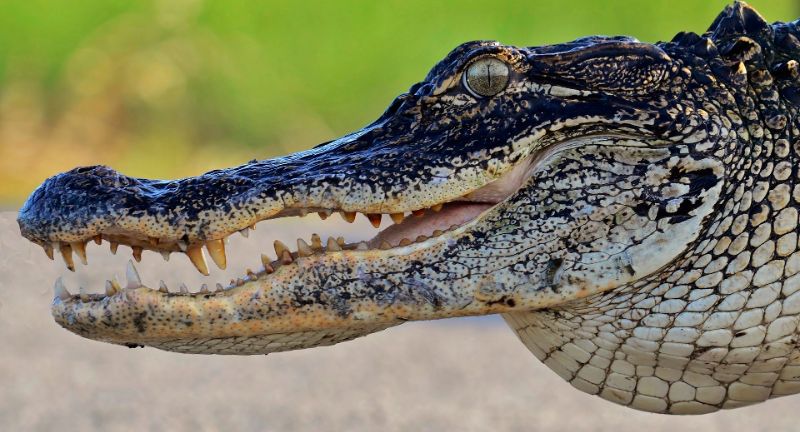
Wikipedia
As apex predators in the freshwater ecosystems of the southeastern United States, American Alligators, which can reach lengths of up to 13 feet, command their surroundings with an imposing presence. Their tendency to avoid human contact does not eliminate the risk of aggressive encounters, particularly in instances of human encroachment on their territories, underscoring the importance of vigilance near water bodies.
Western Diamondback Rattlesnake
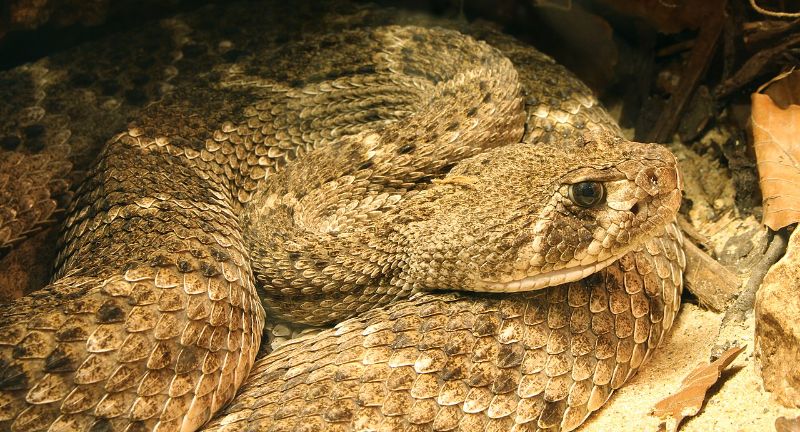
Wikipedia
With its distinctive markings and potent venom, the Western Diamondback represents a significant risk to humans in the southwestern United States. Awareness of one’s environment and knowledge of first aid for snake bites are critical in regions where these snakes are common.
Stingrays
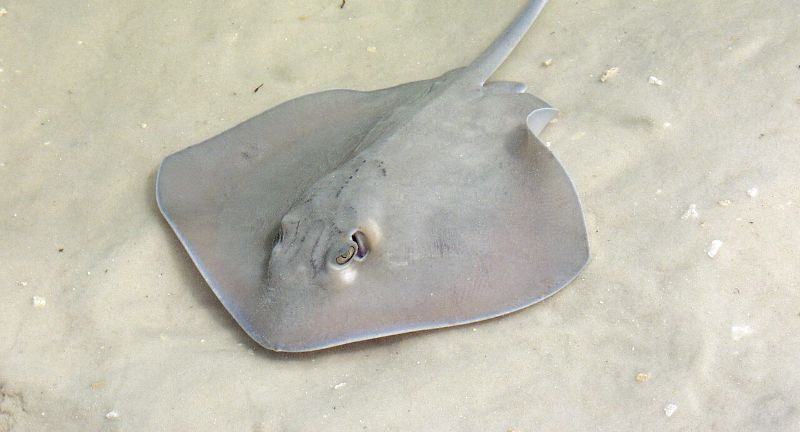
Wikipedia
The camouflage and defensive venomous stingers of Stingrays necessitate caution from beachgoers, advocating for the “stingray shuffle” as a preventive measure to avoid startling these peaceful creatures. Awareness campaigns and beach signage can help reduce incidents, promoting coexistence with marine life.
Canadian Lynx and Bobcat
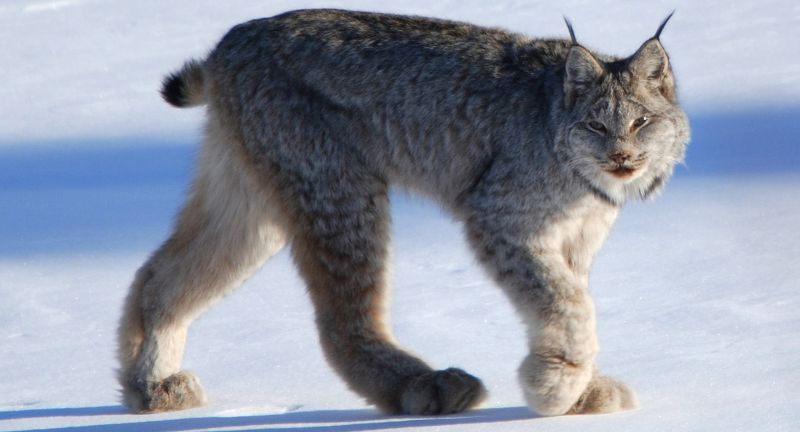
Wikipedia
Both adapted to their respective environments, the Canadian Lynx and Bobcat are examples of North America’s diverse carnivorous wildlife. While encounters are rare, understanding the behavior of these predators and respecting their habitats can minimize the risk of conflict.
Arctic Fox
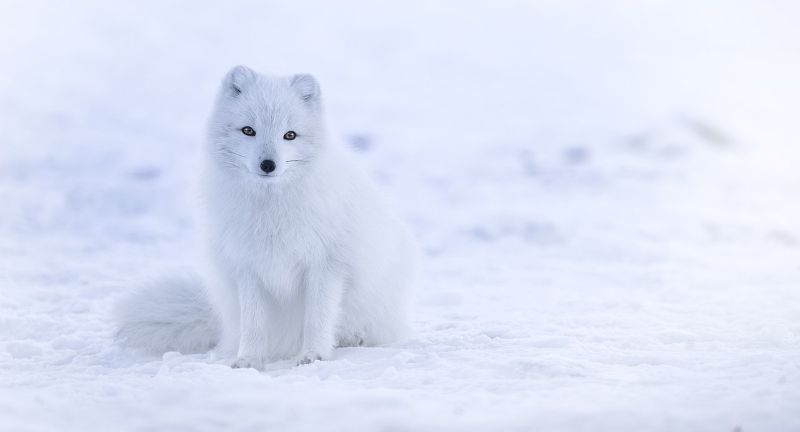
Shutterstock
The Arctic Fox, with its adaptations to extreme cold, showcases the resilience of wildlife in harsh climates. Conservation efforts aim to protect these foxes and their habitats, emphasizing the interconnectedness of global ecosystems and the impact of climate change on Arctic species.
Golden Eagle
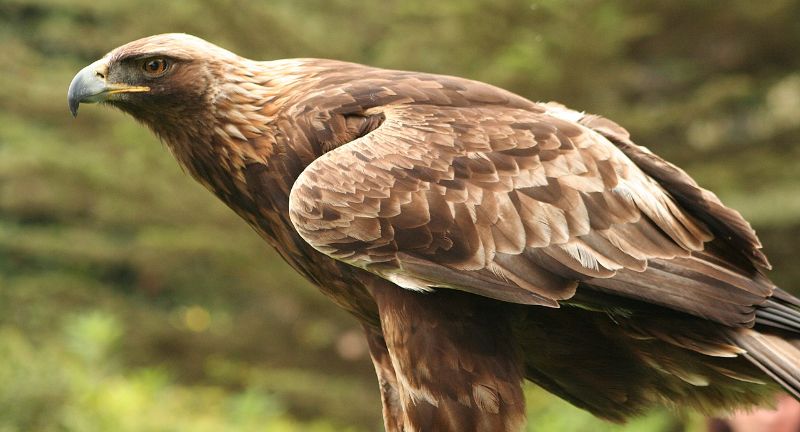
Shutterstock
As top predators in their respective environments, the Golden Eagle and Red Fox play crucial roles in maintaining ecological balance, illustrating the dynamic interplay between predator and prey. Conservation and education efforts help ensure the continued presence of these species, highlighting the importance of biodiversity for healthy ecosystems.
Red Fox
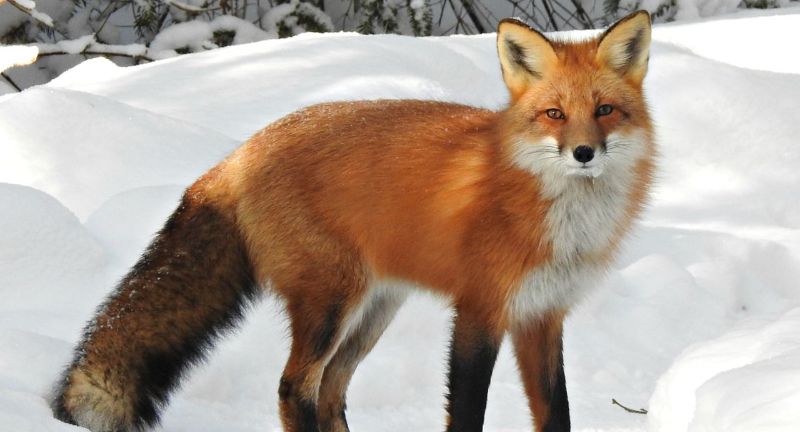
Shutterstock
The Red Fox’s remarkable adaptability extends beyond diet and habitat, as it navigates the challenges of both natural and urban landscapes with astute resilience. Its diet flexibility, feeding on a variety of prey from rodents to fruit, exemplifies its ability to exploit diverse food sources, contributing to its success across varied environments. Moreover, the Red Fox’s intelligence and problem-solving skills are evident in its hunting strategies and ability to avoid predators, including humans, which has facilitated its coexistence with expanding urban development.
Conclusion
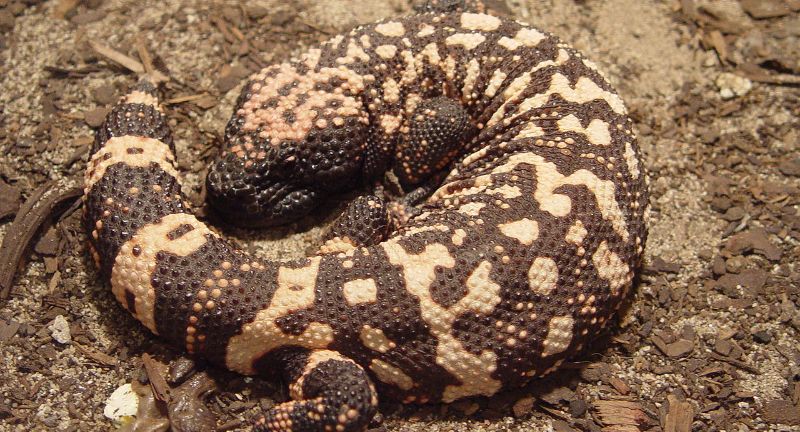
Wikipedia
In conclusion, North America’s deadliest animals highlight the delicate balance between human and nature. While they command respect and caution, these creatures are crucial to their ecosystems. This journey through the continent’s wilderness not only fosters admiration for these beings but also emphasizes our responsibility to protect and preserve their habitats.
More Amazing Animals+
-


25 Reasons Sharks Are Something To Be Worried About
-


A Woman Recieves a Surprise Gift in the Air After…
-


30 Most Beautiful Animals on the Planet
-


Slither into Simplicity: How Snakes Bring Peace to Your Home
-
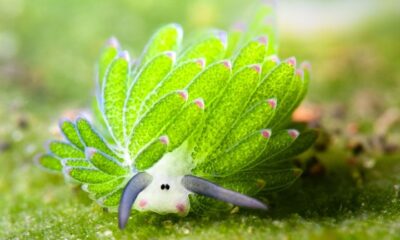

28 Most Colorful Critters From Around The World
-
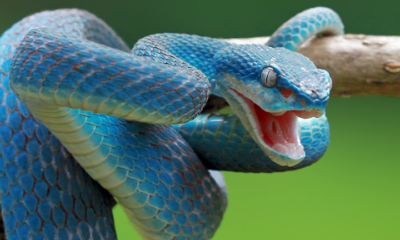

12 Of The Deadliest Snakes In The World
-


27 Animals That Mate For Life
-


Bunny Bonanza: 25 Astonishing Facts About Rabbits
-
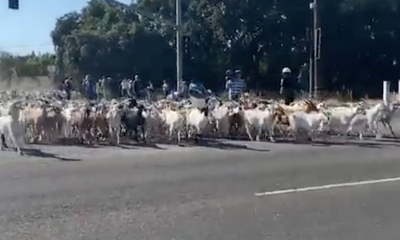

Goats Ushered Across a Road to Aid in California Fire…
-


Baby otter hugs and snuggles mom
-
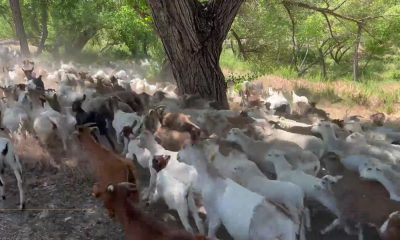

These super-awesome #fire #goats are stoked to get new plants…
-
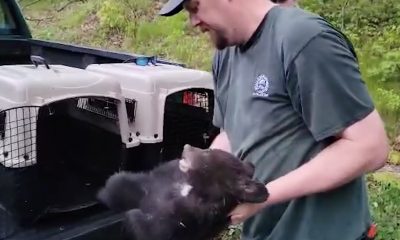

More – Orphaned bear cubs playing in tree and post-rescue…
